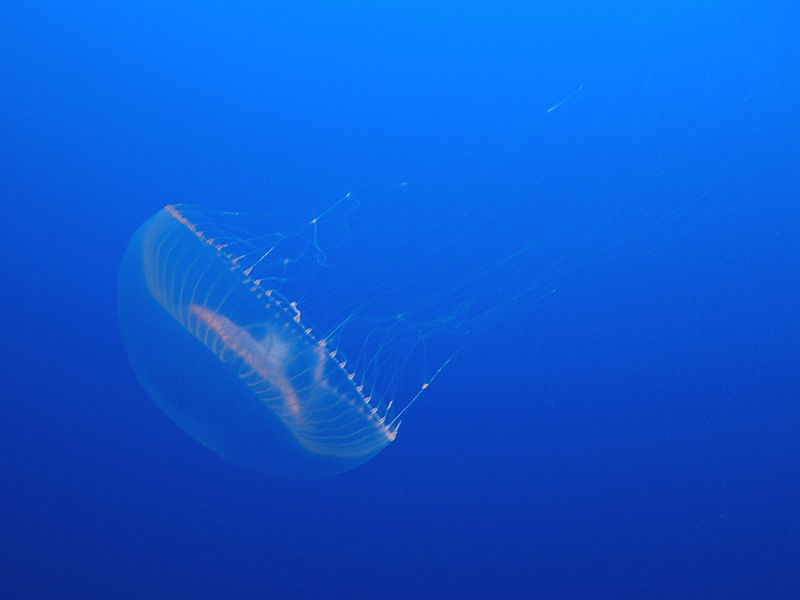"The large number of floating swimmers is a compensation for their tiny size," say the Technion researchers

The Technion's research was able to show that the movement of shrimps and jellyfish in the water helps a lot in the sea mixing, which is an important process in marine ecosystems. Agitation transfers inorganic food components from stratified water to the upper layers of the water and enables the transfer of gases between the atmosphere and the deep water.
Dr. Alex Lishansky and Professor Leonid Feisman, from the Faculty of Chemical Engineering at the Technion, were able to show that the drifting movement of creatures such as snails and jellyfish is a central component of the agitation process and contributes to it. They examined the phenomenon from a hydrodynamic point of view. Their work is based on the research of Kakani Katija and John Dviri, which was published in the scientific journal "Nature" and emphasized that the phenomenon of drift is more influential than the eddies that originate from the movement of large marine creatures. The Technion researchers verified this assumption by examining the hydrodynamics of the drift created by creatures that move under their own power, as opposed to bodies that drift passively.
"The large number of floating swimmers is a compensation for their tiny size," say the Technion researchers. "This increase in time, in dense flocks, further increases the efficiency of mixing (bio mixing). We compare analysis of discontinuous swimming hydrodynamics with turbulent characteristics of the environment".
Their research, which was published in the scientific journal Phys. Rev. , was featured in Nature Physics.
